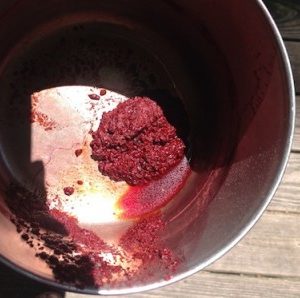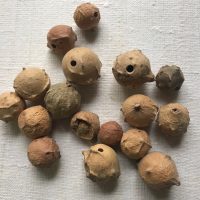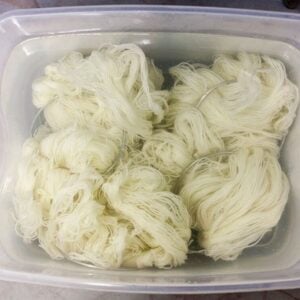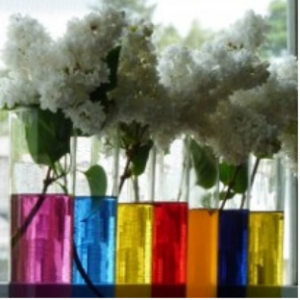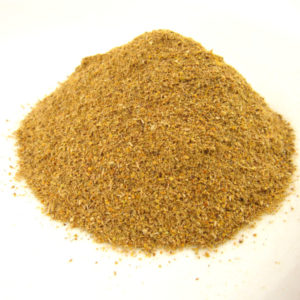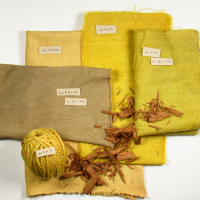Video From LIVE FEEDBACK FRIDAY: Kathy Hattori Talks Ceriops Tagal
Last week for our live FEEDBACK FRIDAY, we had Botanical Colors President Kathy Hattori talking all things Ceriops tagal! Watch the video recording below: Shop Ceriops tagal HERE. Ceriops tagal, also known as Indian mangrove, is prized for its tannin-rich bark, which yields very dark red-brown on cellulose fibers. Mangroves are widely distributed in Southeast Asia, the Philippines, Indonesia and parts of Australia and the Pacific. They are an important tree in coastal ecosystems, and mangroves are under tremendous environmental stress from herbicide runoff to clear cutting groves for aquaculture. Strong management of mangroves to protect them but also allow … Read more



